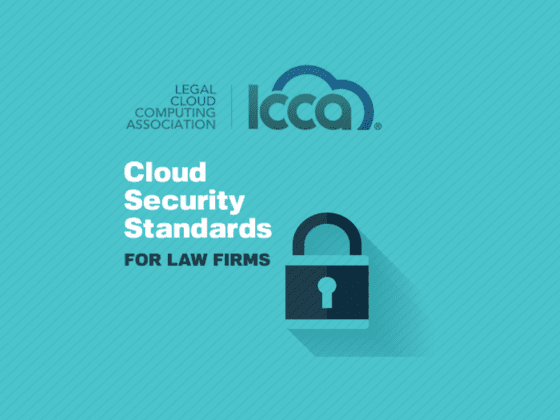This week we’re going to take a look at a series of cloud computing security provisions to keep data safe.
There are a number of reasons why cloud computing environments (including Nextpoint) can be inherently more secure than any solution hosted on-premise. One of the most basic and important provisions is two-factor authentication. If vetting any cloud-based software or storage option, always ensure they have this two-factor provision in place, as most do, but some do not.
Because it is impossible to physically access a cloud-based system, authentication via the web is the first line of defense anyone accessing a system in the cloud will encounter.
Two-Factor Authentication
What is it and what does it mean?
The easiest way to think about two-factor authentication is as an extra step to verify one’s identity. The first step is an encrypted password. The second step is generally a device verification.
For example, an online banking account will email a pin number out if someone is trying to login via an unrecognizable device. Typically this happens the first time a new computer or device is used to login. This second authentication is in place to further secure Internet-facing data.
This simple second step goes a long way to protecting data against any bad actors attempting to gain access.





